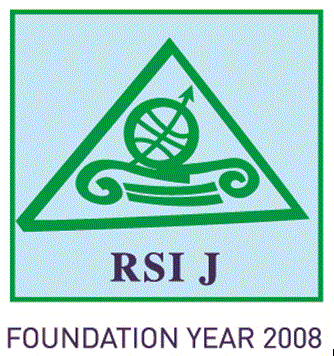Cristina LINCARU
PhD, FeRSA, Department of Labour Market, National Scientific Research Institute for Labour and Social Protection, Bucharest, Romania
cristina.lincaru@yahoo.de
ORCID ID: 0000-0001-6596-1820
Gabriela TUDOSE
PhD, Senior Researcher, II-nd degree, National Scientific Research Institute for Labour and Social Protection, Bucharest, Romania
gabriela_tudose@yahoo.com
ORCID ID: 0000-0002-340-9987
Adriana GRIGORESCU
PhD Full Professor, SNSPA; Director of Global Economy & Governance Interdisciplinary Research Platform; AOSR; INCE; LEAD Cambridge, MA; UCLM Spain
adrianagrigorescu11@gmail.com
ORCID ID: 0000-0003-4212-6974
Speranța PÎRCIOG
PhD, Scientific Director, National Scientific Research Institute for Labour and Social Protection, Bucharest, Romania
pirciog@incsmps.ro
ORCID ID: 0000-0003-0215-038X
Cristina STROE
Senior Researcher II-nd degree, National Scientific Research Institute for Labour and Social Protection, Bucharest, Romania
cristina.radu@incsmps.ro
ORCID ID: 0000-0001-8384-6084
Abstract
In the context of overlapping and interrelated crises—economic, ecological, social, and geopolitical—European regions are confronted with new governance challenges. Marginalised zones, often treated as residual spaces in policy discourse, must be reimagined as analytical and governance instruments in the transition toward sustainability and territorial resilience. This article explores how marginalised areas can be conceptualised and operationalised through spatial statistical methodologies and policy frameworks that support just transition processes. Drawing on a critical review of empirical studies and strategic European and Romanian documents, we synthesise the main tools used to identify territorial disparities, such as Principal Component Analysis (PCA), clustering algorithms, fuzzy logic, spatial econometrics, and machine learning. We confirm that these methods allow for more nuanced territorial diagnostics and typologies, which are essential for evidence-based and place-based policies. The article advances a transdisciplinary framework that repositions marginalised zones as strategic levers in adaptive territorial governance. Ultimately, we argue for a paradigm shift: from periphery to policy, where marginalised regions evolve from passive recipients of aid to active instruments of just transition.
Keywords: Marginalised regions, Just transition, Spatial inequality, Territorial resilience, Governance instruments, PCA, Clustering, Fuzzy logic, Regional typologies, Permacrisis
JEL classification: R11, R58, O18, Q56, C38
pp.155-165
